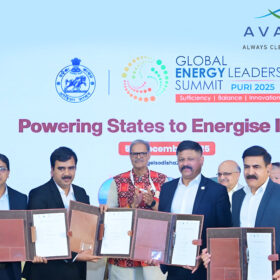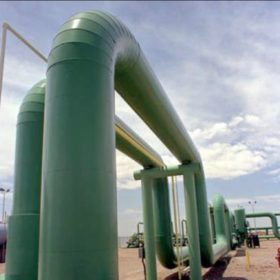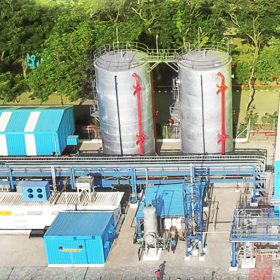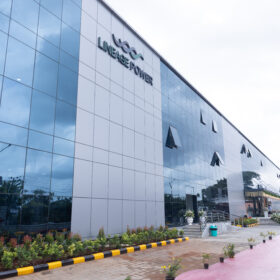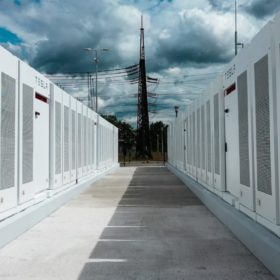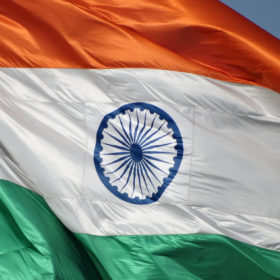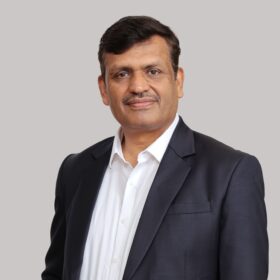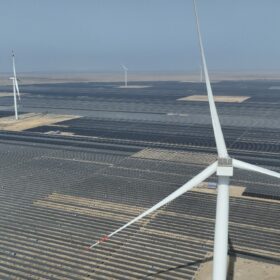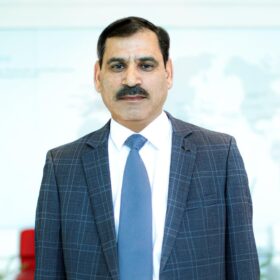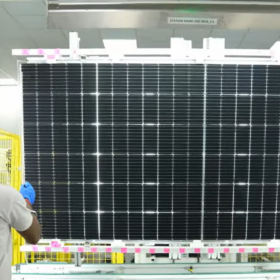Avaada Group partners with GRIDCO, IIT-Bhubaneswar to set up green hydrogen Centre of Excellence in Odisha
Avaada Group has signed a Memorandum of Understanding (MoU) with GRIDCO and IIT-Bhubaneswar to establish a state-of-the-art Centre of Excellence (CoE) in Odisha focused on integrated research, innovation, and technology development in green hydrogen.
World’s first high-power aluminum-ion battery system for energy storage
For the first time, a complete aluminum-graphite-dual-ion battery system has been built and tested, showing that lithium-free, high-power batteries can deliver stability, fast response, and recyclability for next-generation grid applications.
India’s green hydrogen future needs demand to keep pace with ambition
If India solves demand creation intelligently, it can become a global price-setter, not just another participant in the hydrogen economy.
Integrating solar and storage for industrial users: Lessons from early projects in Gujarat
Gujarat’s leadership in renewable deployment is now extending into the field of solar plus storage, with direct implications for industrial power users. Large grid connected projects in Kutch, storage additions at hybrid sites, and new battery initiatives aimed at supplying industries with on-demand renewable energy are all early examples of how solar and storage can work together in practice.
India must fast-track green hydrogen based steelmaking amid metallurgical coal supply risks: IEEFA
Indian steelmakers have begun adopting green hydrogen, but this option should become an even greater priority for the country as metallurgical coal supply risks intensify.
SMA launches new containerized medium-voltage substation for large-scale BESS and solar plants
SMA Solar Technology announces the commercialization in Europe of its new MVPS-9200 medium voltage station in a 12-meter containerized version for battery energy storage systems (BESS) and large-scale photovoltaic power plants.
Pace Digitek’s arm Lineage Power secures INR 997.10 million battery storage order from Advait Greenergy
Pace Digitek Ltd today announced that its subsidiary, Lineage Power, has secured a battery energy storage system (BESS) order worth INR 997.10 million (including taxes) from Advait Greenergy.
Chhattisgarh invites bids for 125 MW/500 MWh standalone battery storage project
NTPC Vidyut Vyapar Nigam Ltd (NVVN), a wholly owned subsidiary of NTPC Ltd, has invited bids to set up a 500 MWh (125 MW × 4 hours) standalone battery energy storage system (BESS) project, connected to the State Transmission Utility (STU), in the Indian state of Chhattisgarh.
Strengthening India’s energy security through alternative fuels and hydrogen
India’s energy transition is not about a single breakthrough but about steady steps across multiple fronts. Ethanol has shown how supportive policy and the right technologies can deliver both farmer security and fuel stability. BioCNG can turn waste into a resource, helping both cities and villages. Hydrogen, though still in its early stages, is slowly laying the foundations of a long-term clean energy system.
Oriana Power explores compact pumped storage for C&I customers, raises BESS target to 20 GWh by 2030
Oriana Power is expanding its focus beyond battery energy storage to compact pumped-storage solutions—a new generation of systems that the company believes could redefine the future of commercial and industrial (C&I) energy management.
